The term body positive has become synonymous with loving one’s body at any size. As the phrase has grown in popularity over the last few years, it’s become commercialized. However, it’s been commercialized in a way that doesn’t feel like it’s focused on helping individuals love themselves so much as it’s helping to line the pockets of big businesses who still enforce harmful beauty standards.
With the influx of mainstream fashion campaigns and plus size models using the term, it seems like calling something body positive doesn’t necessarily mean that all bodies are included in the conversation.
We reached out to plus size activists and influencers to get their thoughts about what body positivity means and who it serves. Individuals who once found freedom in body positivity told me they no longer knew where they fit.
Does body positivity still serve its purpose?
Did it ever serve that purpose and is it helping more people than it’s hurting?
We interviewed six activists and influencers in the plus size community about their thoughts on this important conversation:
Sonya Renee Taylor, Founder of The Body Is Not An Apology; Virgie Tovar, Author of Hot & Heavy: Fierce Fat Girls on Life, Love and Fashion; Corissa Enneking, Plus Size Fashion Blogger and YouTube Creator for Fat Girl Flow; Marie Southard Ospina, Writer for Bustle, Everyday Feminism, The Establishment,Romper, BuzzFeed, & Others; Maui Bigelow, Plus Size Fashion Blogger for Phat Girl Fresh; and Ariel Woodson, Co-Host of Bad Fat Broads
These individuals have strong voices in the community and their ability to be a part of a difficult conversation is unique.
We started by asking everyone about their understanding of the origins of the term body positive and like most people, their responses varied but involved some level, “I’m not exactly sure.” That response is pretty common.
The concept seemingly has roots in the Fat Activism and Health At Every Size movements. One of the earliest uses of the term seems to be The Body Positive, a national organization founded by Connie Sobczak and Elizabeth Scott in 1996. They created The Body Positive to build a community to foster healing from the societal messages that breed body hate.
Although this term has roots dating back more than 20 years, Tovar doesn’t remember it being a part of the conversation even seven years ago.
“When I began doing fat activism in 2010 I don’t recall it being part of our conversations,” she says. “I felt like it began to really show up once fat activism began to get mainstream attention.”
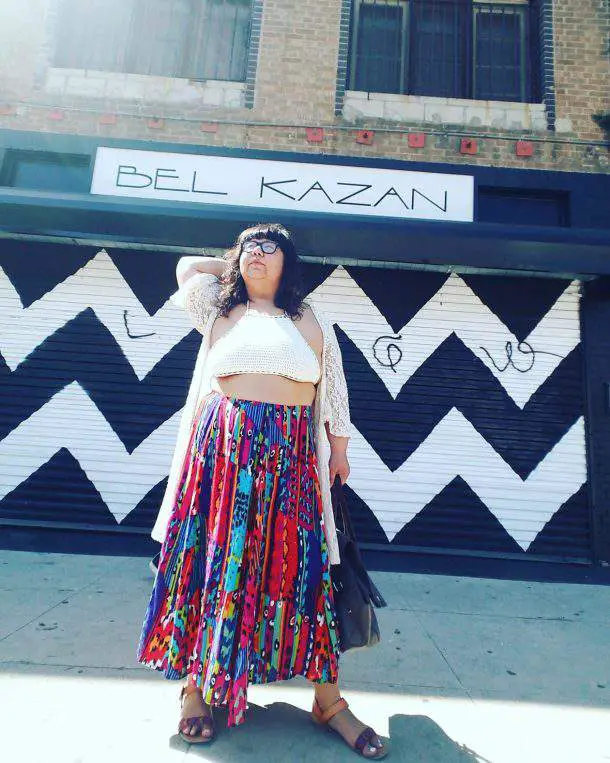
Ospina recalls first seeing the term pop up around 2011/2012 on Twitter and personal style blogs. She also notes the link to fat activism.
“Back then, it seemed to be primarily used by folks whose roots were in radical size acceptance and body politics,” says Ospina. “Its tie to the fat community was undeniable — so chances were that anyone using it was fighting for an end to the kind of size discrimination that comes from society, by and large, not treating all bodies as good bodies.”

The phrase, “all bodies are good bodies” may seem like the simplest way to describe the body positivity belief system. But it loses traction in the actions of those who use it most loudly. As the voices of some become elevated over others, it feels like the message is far more individualized.
“I think that what started as a movement, has become a catch all phrase for ‘you do you,’” says Enneking.
“Body positivity is incredibly political, and is centered on facing and tearing down oppression of bodies outside the ‘norm.’ As it’s become more mainstream, we’ve seen people shy away from confronting the political components of what it means to be in a body that faces oppression.
People have started using the words without actually thinking critically about why they’re using them.”
As the term has become used more in the mainstream, what it really means has been muddied. The definition of body positivity is, well, vague at best. According to Tovar, that’s nothing new.
“I feel like the term is intentionally vague and it gains traction through the ‘loud silences.’” says Tovar.
“It’s like women who have a t-shirt that says ‘girl power’ but don’t want to call themselves feminists because that is committing to an actual principle, it’s actually a political stance.
So they are getting the benefits of the work done by those of us who are risking something, but also setting up deniability. It’s cowardice that is obscured through alternative language.”
As Tovar points out, the vague definition or lack of a clear definition, distracts from both the point and eliminates a level of accountability to create systemic changes.
According to Taylor, this individualistic approach of body positivity doesn’t serve everyone now, because it never did.
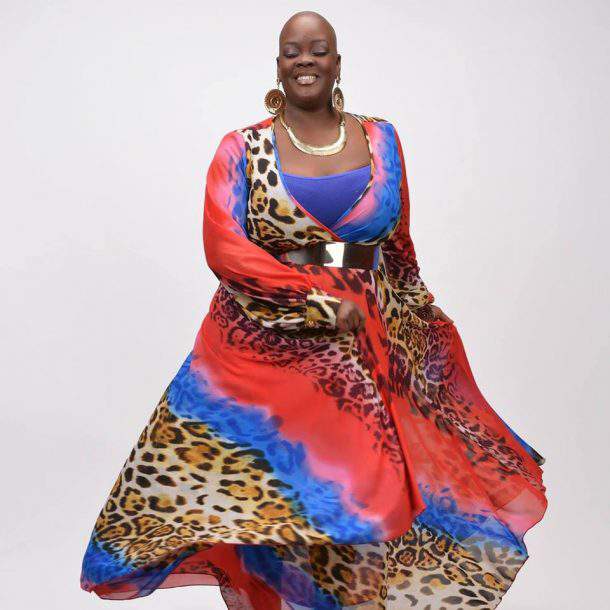
“The term itself is complicated by the fact that it has never been enough,” says Taylor
“That is where the conflict or the tension lives. Body positivity is nice but simply feeling good about one’s body isn’t enough to dismantle the systems of oppression that come against bodies. The way that we talk about body positivity is very limited in scope. It’s usually just about size in a way that is relatively normative. That conversation leaves a lot of people absent. As it’s gotten more mainstream, it has also highlighted the places where it’s lacking analysis.”
Woodson is one of those who has spoken loudly about the ways in which body positivity fails people who fall outside of the plus size beauty standard.
One look at the media’s definition of body positive and you’ll find a lot of folks who look the same: their bodies are hourglass; their skin is white; their stomachs are flat and they often don’t want to identify as plus size at all.
Body positive becomes a way for some of these figures to advocate for their advancement of their bodies without considering the experiences of anyone else’s.
Woodson touches on this when I ask about the difference between body positivity and fat positivity:
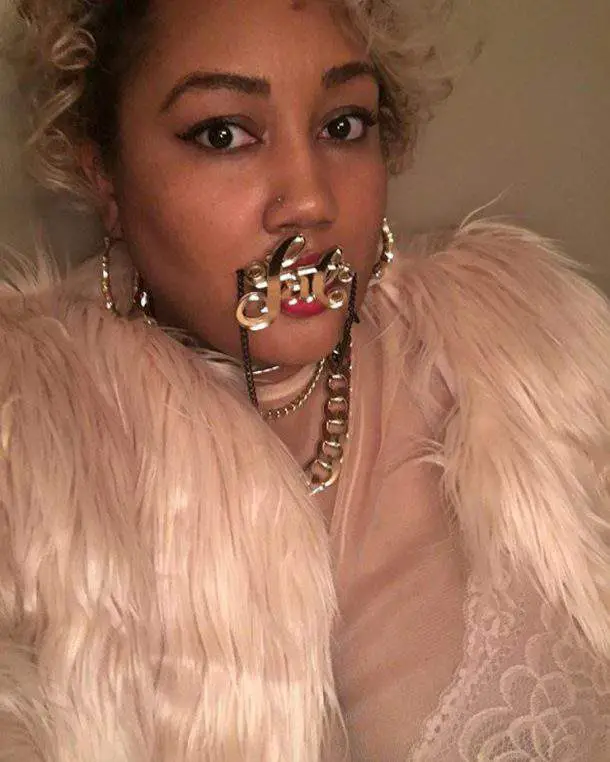
“Body positivity is about reassuring the least structurally oppressed that ‘they’re pretty too’ and focuses on assuaging individual feelings versus fat positivity (which has its own issues, re: intersectionality) is focused (in its best versions) on helping those most marginalized and ending structural, societal discrimination with an emphasis on fat bodies (in all their forms).”
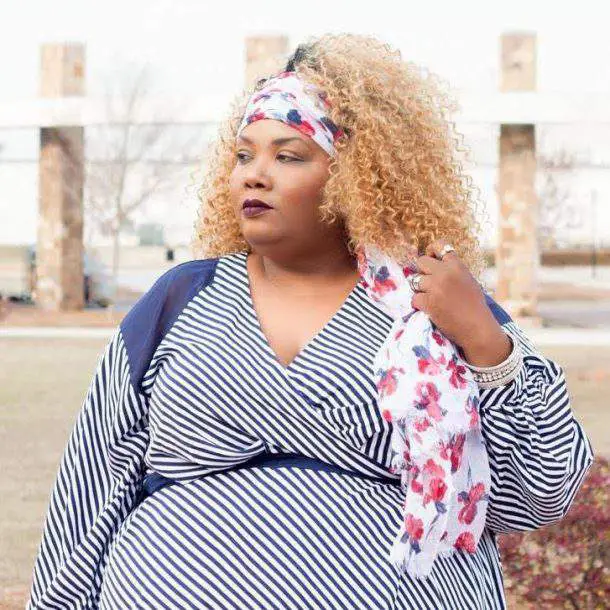
In this conversation about bodies, there seem to be three ways of thinking that are often being conflated:
Body positivity, body autonomy, and fat acceptance/ fat positivity
As Woodson points out, fat positivity aims to tackle the systematic oppression of fat bodies in a way that body positivity often fails to. However, the line between body positivity and body autonomy is often convoluted.
“In my opinion, both body positivity and body autonomy, [are] a person is exercising their rights as the owner of their body,” says Bigelow.
“However while they are similar, one can exist without the other… easily! Being body positive is about self-love and respect for others and having body autonomy is about exercising your control over your body.”
Body autonomy allows people to make their own individual decisions regarding their own bodies.
Although those choices are personal, they have a broader impact worth analyzing.
“We should be allowed to do what we want with our bodies as long as it doesn’t affect anybody else, but the problem is that the entire structure in which that lives, is a westernized capitalist individual based structure that erases the idea that we are interconnected,” says Taylor.
“What we do in the world not only influences the structure but it impacts the lives of other people and so body autonomy requires us to erase interconnectedness in a way that doesn’t serve us in the long run.”
The conversation surrounding dieting is one that often shows the limitations of body autonomy to dismantle a larger system that oppresses fat bodies.
When we see weight loss being celebrated in the media as body positive, it’s often made to be about one’s individual choice. Bigelow touches on that aspect of choice saying, “Losing weight doesn’t mean that you don’t love your body, it means that for whatever reason you want to change it!”
As the conversation centers on individual choice, the larger implication of why one is losing weight is where the interconnectedness can get lost.
It becomes not about one’s actions but the systems in place that contributed to that decision.
“The thing is, it’s crucial that we interrogate why we want to do certain things to our bodies, primarily when those things are arguably rooted in the oppression of women and femmes,” says Ospina.
“The weight loss/dieting industry is precisely that: An industry. It’s a clever one, too. It’s one rooted in promoting the idea that weight loss is a cure-all to every possible ailment (physical or psychological). It promises us that a smaller body will lead to a happier, more fulfilled life,” she added.
“Ultimately, those are not empowering or radical or inclusive messages. Therefore, I can’t personally imagine a scenario in which the promotion of weight loss would ever feel body positive,” Ospina continued.
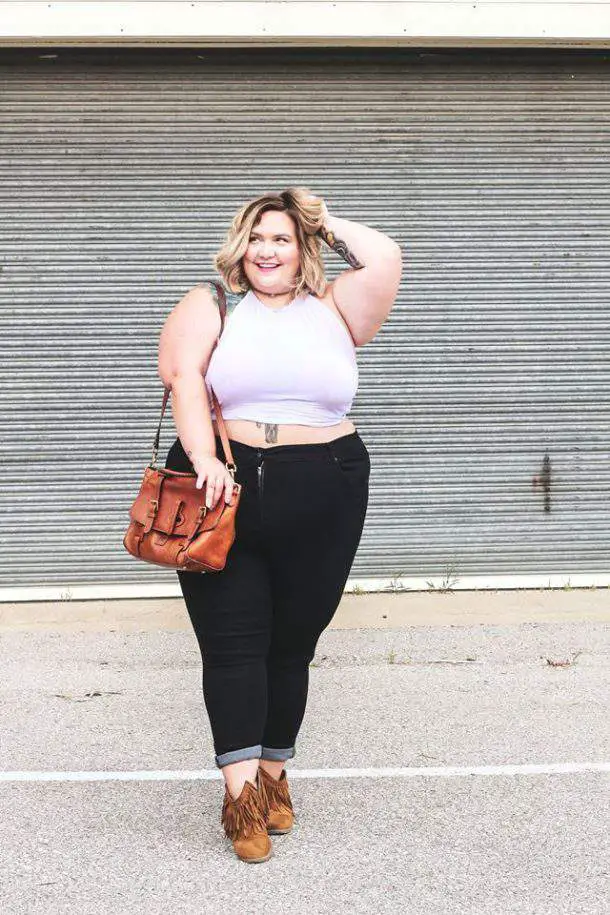
For Enneking, it’s not the act of losing weight that’s harmful so much as the participation in diet culture. Again it’s not the action, but the why behind the action.
So how do we, as a community, approach these different ways of thinking and have this difficult conversation?
That answer differed for everyone, but compassion and respect for others were common themes.
“I think that it’s important to remind one another that nobody in this conversation is BAD,” says Enneking.
“I don’t believe that people who participate in diet culture are bad human beings, I think that they’re just like me… just trying to figure out a way to love yourself in a world that constantly teaches you to hate yourself,” she admitted.
“I believe that all of us are doing the best we can. That doesn’t mean that we can’t think more critically about our own actions and how they affect others and the larger social implications of those actions. We are not all going to be the perfect expression of body positivity at all times, and we have to be able to talk about that and how we can do better.”
As we all navigate our own feelings on our bodies and work to overcome our own learned shame towards our bodies, it’s crucial that voices heard less often in this conversation have a chance to share their own experiences.
Woodson puts it simply: “people facing fewer obstacles should maybe stand down and let those more in danger take the lead.”
Taylor also frames it a way that also makes a lot of sense. She says when she enters a space, she asks herself who isn’t the room?
“If we don’t notice people’s bodies, we don’t see them. For me, the work is about noticing who is not in the room and working to interrupt that. The more that we continue to see this issue as separate from these other social issues, we are going to continue to miss the mark. The more that we are working towards a lens that acknowledges that every system of oppression is interrelated and interconnected… we are inviting people to think about bodies other than their own, which is why body positivity and body autonomy don’t work” she stated.
The intersection of marginalized identities is often missed from the conversation around body positivity and body autonomy. When body positivity is framed to be solely focused on one’s own body, it is misunderstood.
So what is body positivity today?
It’s not entirely clear. Maybe it never was. The idea of loving the body without examining other bodies than face our own varying levels of oppression, doesn’t work. True freedom from body oppression should be freedom from our own shame.
With a society that didn’t shame us for our bodies, we choose to embrace.
Coming to grips with the magnitude of this conversation isn’t easy. This conversation isn’t over and it won’t be over. Taylor sums it up when she says:
“I think we want easy answers and there aren’t any. We want it to be simple and it isn’t. We need to talk about the messiness and the complicated.”
When it comes to body positivity, it’s time to stop looking for answers and start asking more questions.


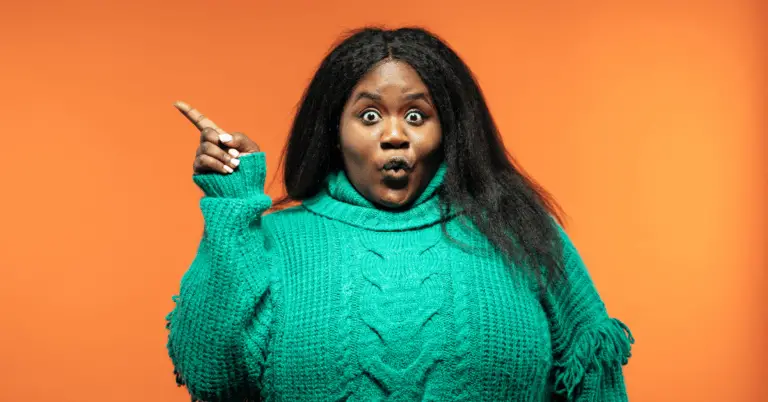

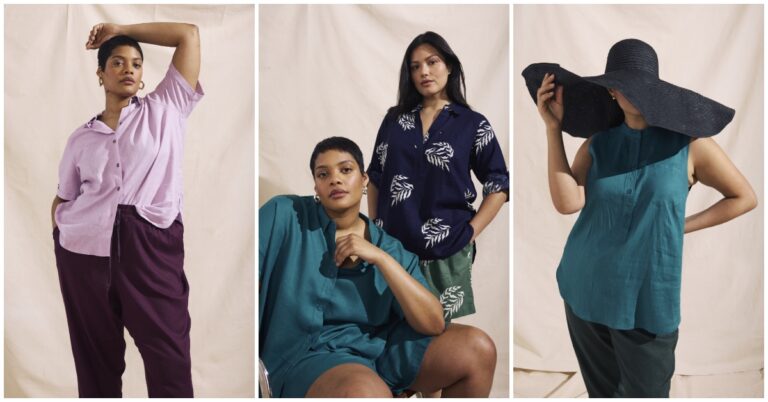


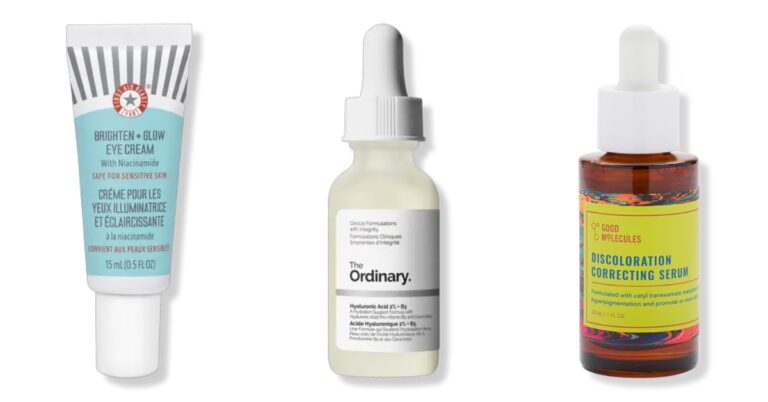
How refreshing to read this stuff–great minds here! And I, too, have been troubled by the defects on display in a lot of the body positivity narrative as it has gone more mainstream. To me, a red flag goes up whenever I see ANYONE excluded from participating–even those who just want to feel good about themselves, but give no thought to helping others. But that has always been a problem, since the early years of the “size acceptance” movement.”
Great article! I love all of the advice, especially what Maui Bigelow said about being allowed to do what we want without bodies as long as it doesn’t affect anybody else, I think this is awesome advice to go by. I have been reading lots on body positivity lately and found the advice in this article brilliant